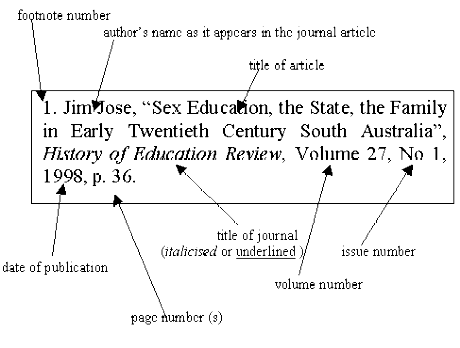sample from HTML program and PDF book
1. When you use quotations or mention someone else’s work in an essay, the source of the information is most conveniently given in endnotes – a system of bibliographic references which appears at the end of the essay.
2. A bracketed number is placed in your text, as A.B. Smith suggests, ‘at the end of the statement or the sentence in which the reference is made’ (1), and successive references to this or other works are given the next higher number.
3. These endnotes are then listed ‘with bibliographic exactness’ (2) at the end of the essay as follows:
NOTES
1. A.B. Smith, How to Use Endnotes Correctly, Manchester: Imaginary Press: 1999, p.345.
2. Judith Butcher, Copy Editing: the Cambridge Handbook for Editors, Authors, and Publishers, 3rd edn, Cambridge University Press, 1992, p.234.
4. If you are using the Harvard system of referencing, the date of publication follows the author’s name.
5. If a direct quotation is being used, the information in the endnote should allow a reader (including you, at a later date) to trace the source of the quotation if necessary. That is, you should give details of author, title, publisher, and date of publication, then page number – as indicated here in the first endnote.
6. Successive quotations from the same source may be indicated by using the op. cit. and ibid. system. However, the short reference system which gives author and title is preferable as this makes the information easier to trace for the reader.
7. In a short essay which only refers to three or four different sources, successive references might be given as follows:
3. Butcher, op. cit., p.123.
8. In a longer essay, which might be drawing on a large number of sources, some of which may include different works by the same author, the short title system is to be preferred:
4. Smith, Endnotes, p.321.
9. The traditional referencing system using op. cit. and ibid. is gradually disappearing in favour of the much clearer short title and Harvard systems. However, it is worth knowing how it works, because so much academic writing has been produced using this system. You need to know how to trace other people’s references in older publications.
10. If you are quoting repeatedly from one particular work, give
full bibliographic details in your first endnote. Then add the statement All subsequent page references to this edition. After that, just give page references in the text of your essay.
© Roy Johnson 2003
Buy Writing Essays — eBook in PDF format
Buy Writing Essays 3.0 — eBook in HTML format
More on writing essays
More on How-To
More on writing skills

